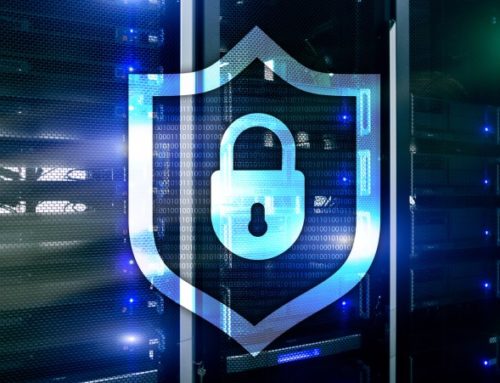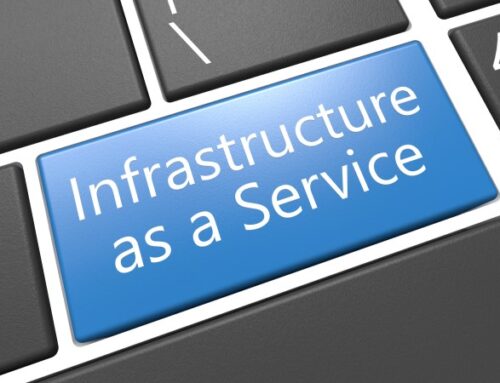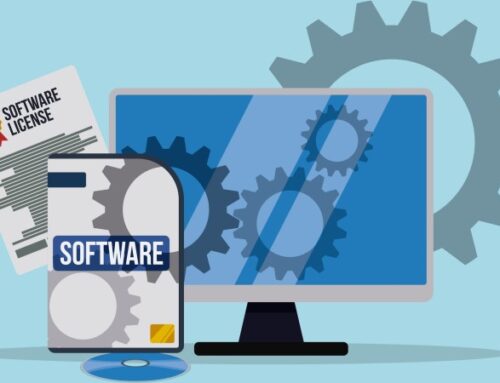Continuous Delivery enables software to be delivered to the customer in the middle of development and therefore earlier. What are the main ideas behind the concept? What opportunities and risks does it offer? In the following article you will find background information on the innovative IT model and learn more about Continuous Integration and Continuous Deployment.
What is Continuous Delivery?
Translated, Continuous Delivery means “continuous delivery”. Normally the creation of software consists of four phases: Development, delivery, feedback and quality management.
In the context of continuous delivery, this series is run through several times during development. Thus, the individual phases are not final, but are constantly changed during the process. Developers can thus make changes based on customer feedback in the middle of software programming and deliver them to users automatically.
This creates a loop, also known as the “continuous delivery pipeline“. Both automated tests and manual tests are carried out in this pipeline.
This is the purpose of Continuous Delivery
Here, the advantage over classical development, i.e. the development of software, becomes apparent at first glance. This is because parts of the programs can be delivered and tested right in the middle of the development process.
At the same time, developers can continue working on the code and receive constant feedback on the programmed tools during the continuous delivery pipeline. Customers can thus use the programs earlier and access the intermediate results.
Distinction between Continuous Integration and Continuous Deployment
Continuous Delivery (usually abbreviated as CD) and Continuous Deployment are part of Continuous Integration. The terms are often used identically, but there are subtle differences. For this reason, we will now take a look at the conceptual delimitation:
Continuous Integration (CI) refers to the process in which individual components of the software are combined to form an entire application and are of the highest possible quality. In order to eliminate as many errors as possible, automated tests are usually carried out and measured values are used to check the quality.
While Continuous Integration refers to the automation process itself, Continuous Deployment is a further development that allows developers to automatically release changes.
Security from day one
In times of increasing networking, more frequent cyber attacks and stricter data protection laws, the focus on data security is becoming more and more important. For this reason, TeamDrive also relies on “Security by Design“.
Security by design means that security requirements for both software and hardware are taken into account from the very beginning. Design in this context means the development of the software architecture or the entire system, which can be a cloud application, for example.
Security by Design is a part of Continuous Delivery. For the software development process, this means that security aspects must be taken into account from the very beginning and continuously developed. These are defined as explicit requirements. The goal is to protect the software from possible attacks from the first day of development.
What are the advantages of Continuous Delivery?
The main argument of Continuous Delivery is that customers get to the programs and apps earlier than is possible in traditional development. This is because programmers do not provide users with updates and patches or fix bugs only after the final release, but rather make code changes and adjustments in the meantime.
In this way, developers can work more efficiently and do not have to rely solely on internal beta testing. In addition, the testing of interim results provides programmers with valuable information on how well the programs are tailored to the target group and what functions customers want.
Further advantages of Continuous Delivery are:
Challenges and problems of Continuous Delivery
A very big challenge lies in programming the automated tests required for continuous delivery. Small changes in the middle of the deployment pipeline can already cause major errors. In the worst case, these are enormously time-consuming or even increase the costs of the respective project in the company. Therefore, the automated quality tests required for the pipeline must ultimately work perfectly. This is the only way to avoid major damage.
Basically, the customer expects regular and quick updates. Especially in times of high project load or holiday phases, it is therefore difficult to pause the systems.
With continuous delivery, the customer himself is also in demand. He should have a certain openness and willingness to use programs in intermediate stages. It also makes sense if the customer is willing to give feedback to the developers.
The basic prerequisite for building a successful Continuous Delivery System is very good teamwork. If the teams work well together with customers, there is hardly anything standing in the way of continuous, time-saving and cost-effective continuous deployment.
In contrast to the classic development of software, the quality does not suffer, but can be quickly improved under optimal environmental conditions.




